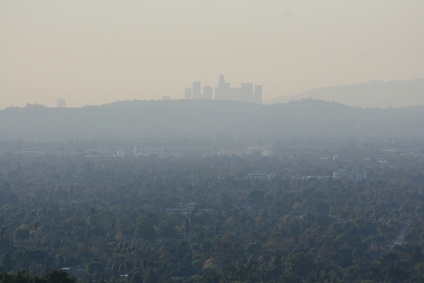
The Clean Air Act was passed by Congress in 1970, and this required all states to implement emissions standards. Smog testing is required in areas that do not meet the standards of this act. The Nevada emissions plan requires the state do the following: improve the air quality, maintain the air quality improvement that has already been achieved and retain federal funding for Nevada Highways and other federally funded projects.
A smog technician must pass a rules and regulations class conducted by the Department of Motor Vehicles (DMV) and pass with a score of 80 percent or higher. The Nevada regulations for Vehicle Emission Inspection are found in several publications. The first publication technicians need to be familiar with is the Federal Clean Air Act of 1970. Next, technicians must read the Nevada Revised Statutes (NRS) NRS 445B.705. This law defines what an approved inspector does. Finally the tech must also be familiar with Nevada Administrative Codes: NAC 445B.4096, 445B.4098, and 445B.460. These codes further classify inspectors into two categories, class 1 and class 2--the difference being class 2 inspectors can diagnose problems and class 1 inspectors can not.
A smog technician is required to complete an outside training course in basic emission control or be currently ASE certified in A-8, automotive engine performance, or L-1, advanced automotive engine performance. The State of Nevada Department of Motor Vehicles publishes a list of approved providers for the training course.
An inspector must submit a training certificate from the analyzer manufacturer stating proficiency in the analyzer operation. This means that the inspector has learned and possesses the skills to adjust and operate the gas analyzer equipment to obtain the rating or ratings. The score must be at least 80 percent or higher. The inspector then must pass a practical demonstration examination without error. This practical is performed at the local emissions lab overseen by the state and is comprised of two emission inspections--one tail pipe exam and one OBD. The practical simulates a filed test.